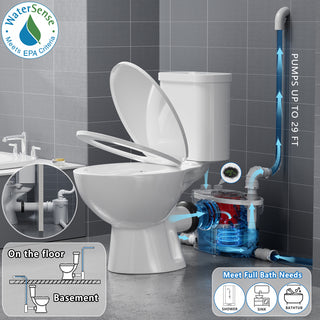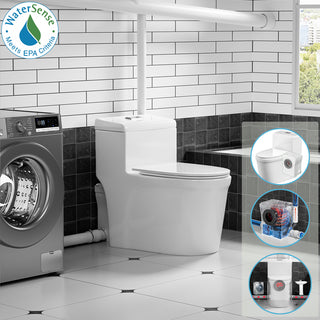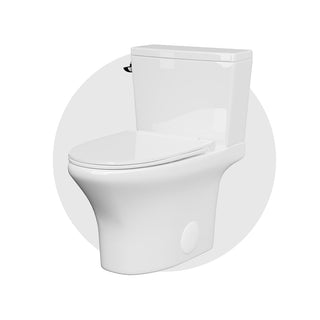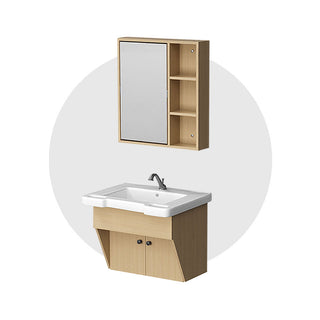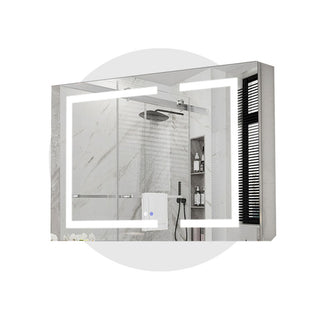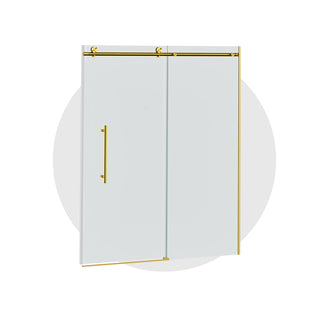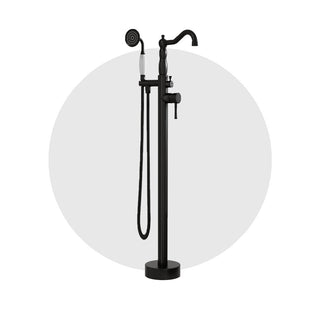When your toilet isn’t working right, it’s not always easy to tell if the issue is a broken flush valve or just an installation tweak. In this post, we’ll walk you through common signs of faulty toilet parts—and how to choose the right replacement if needed.
| Issue | Cause |
| Constant leaking, low water level | Worn flush valve seal |
| Weak flush, button failure | Faulty flush button or valve |
| Slow or no refill | Clogged fill valve or faulty float |
| Tank won’t refill automatically | Float or fill valve failure |
| Parts aged, scale buildup | Wear and mineral deposits |
How to Choose the Right Toilet Replacement Parts
Before replacing internal toilet components, the first step is to identify your toilet type. Toilets generally fall into two categories:
One-piece toilets: Typically use a plastic round flush valve.
Two-piece toilets: Often feature a metal cross-style flush valve with a separate tank and bowl.

Next, choose a flush valve based on your flushing mechanism:
For single-flush toilets, a chain-style flush valve is recommended. It handles higher water pressure and delivers a stronger flush.
For dual-flush toilets, a top-mount flush valve is more common and offers better water efficiency.


Finally, don’t overlook the flush valve opening size. In the U.S. market, two standard sizes are widely used:
2-inch valves: Common in most traditional or older toilets.
3-inch valves: Found in many high-efficiency models, offering faster drainage and stronger flushing power.
✔ Matching the toilet type, flush system, and valve size is essential for smooth replacement and proper installation.
Knowing how to spot common toilet part issues helps you choose the right replacements and avoid mistakes.The right fit means better performance and longer lifespan.
Have questions? Drop them in the comments below!


